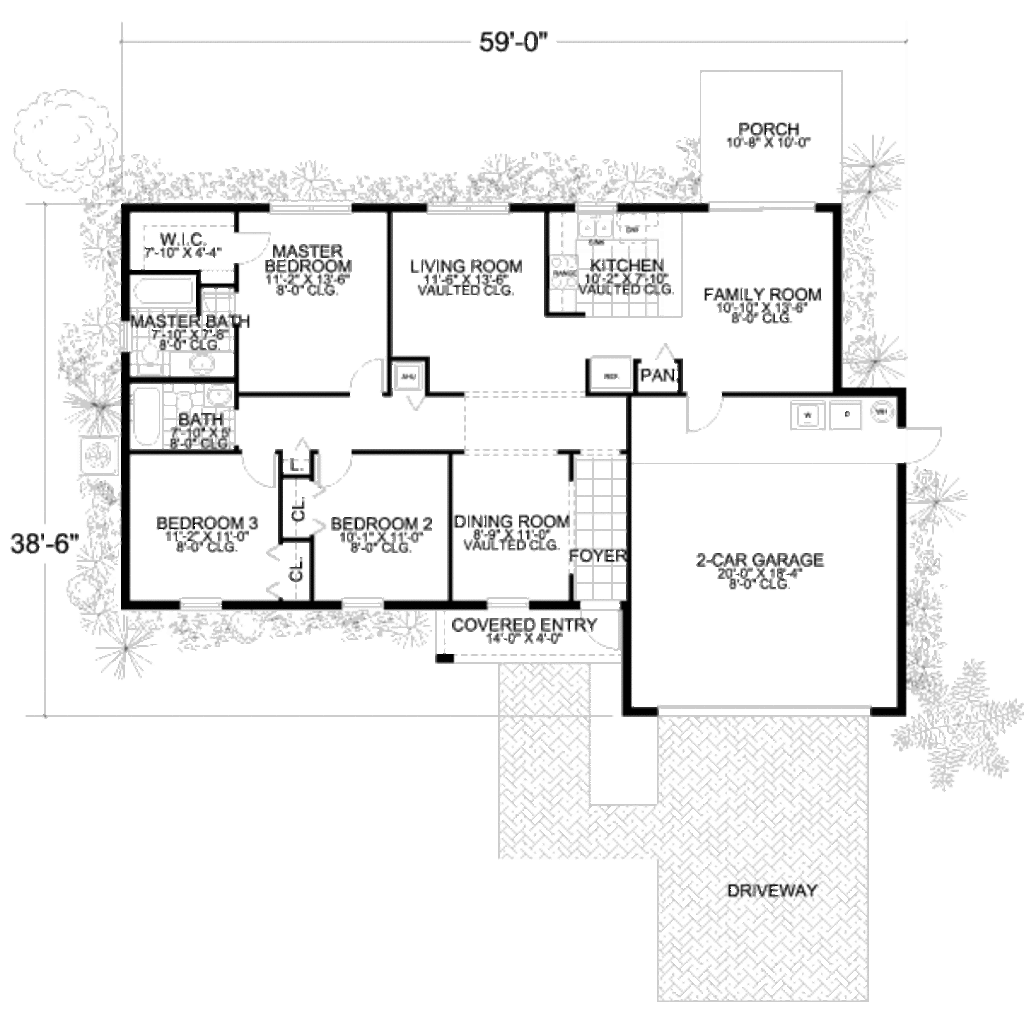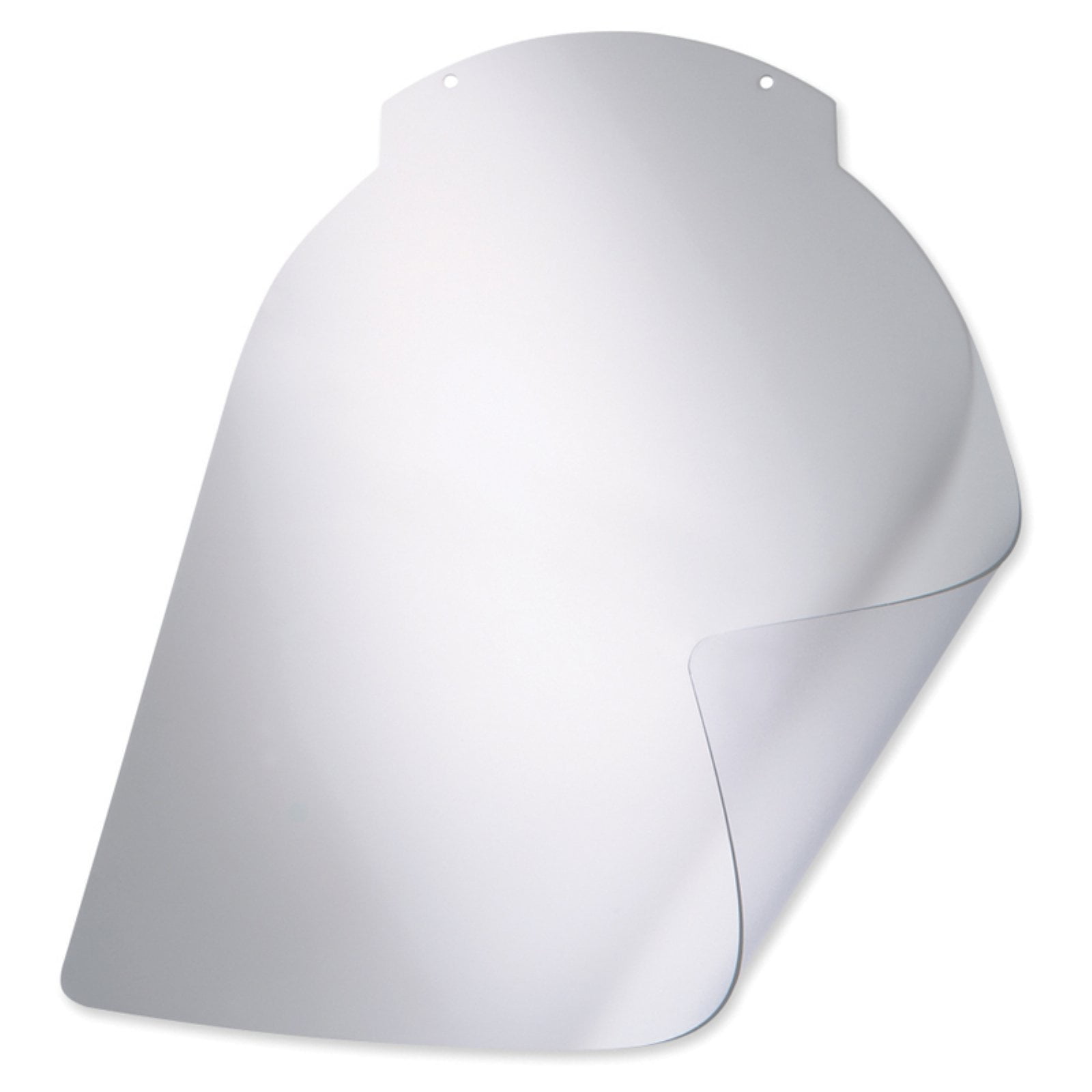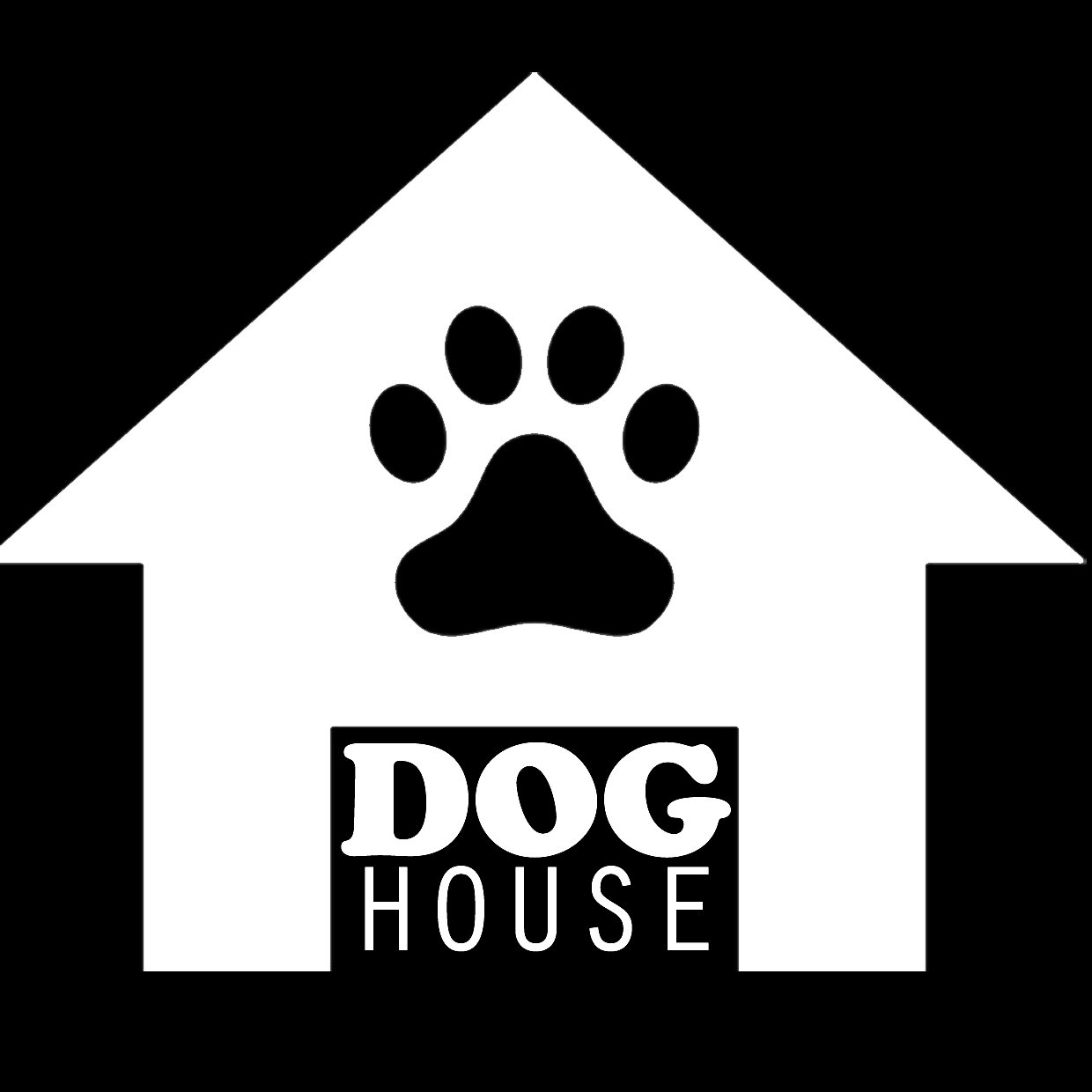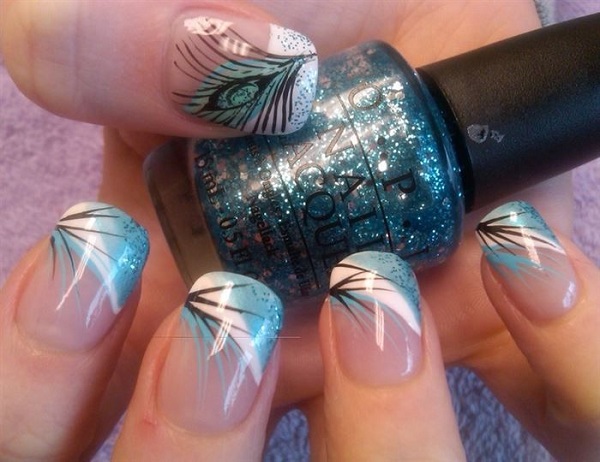Table Of Content

Your logo doesn’t need to be perfectly symmetrical, but it should appear visually balanced. The important thing is to get the ideas out of your head and onto the paper, so trust the process and just let the ideas flow. Every company has to contend with the standards of their industry, even if they are doing everything to stand out.
Types of logos
Considering the popularity of responsive logos, you don’t have to limit yourself to one standard design. The trick is to make sure that these different versions of your logo all feel like the same logo. It helps to plan ahead and design these variations all at the same time, rather than designing the main logo and adapting it to different situations as they come up. If an adaptable logo appeals to you, aim for four variations at first, escalating the logo in both size and complexity. For example, if you want your logo on large billboards, you can design more detailed, larger-scale logos.
How long does a logo design project usually take?
A unique and eye-catching logo can capture the attention of potential customers and set the brand apart from others offering similar products or services. A prime example is the Nike swoosh, which distinguishes the brand in the athletic apparel industry. Once visual research is complete, designers should lead clients through at least one round of art direction. This is a time to distill visual research into a concise plan of artistic intent through the use of a moodboard—a mosaic of themes, feelings, and visual ideas. When this part of the process is done right, it involves a lot of back and forth, asking questions, and pushing the client to articulate and deeply explain their value proposition. For newer companies, these discussions can actually be really eye opening.
Ideation – Where Do Ideas Come from?
Schema is microdata you can add to HTML tags that let search engines know how to represent your web page data in SERPs. However, be sure to avoid keyword stuffing and other over-optimization techniques (an SEO agency can help with this). The primary purpose of Alt text is for accessibility to screen readers.
This article unpacks a simple, straightforward, and highly effective logo design process geared toward creating logos for modern brands and increasingly sophisticated consumers. Sketching is a critical step in the logo design process as it allows designers to quickly iterate and visualize their ideas on paper. Through sketching, designers can refine shapes, explore compositions, and experiment with different design elements.
The Power Of A Logo In Elevating Your Business Identity
In a matter of a few minutes, you'll have your business website along with a brilliant logo up and running. Everything is zipped up and emailed to the customer, CC’ing any additional employees needing access to the original files. The standard files consist of AI (for future editing if desired), .EPS / .PDF (for printing), .JPEG (for viewing) and PNG (with a transparent background for web use).
0 – Concept Development
We can move to expand the logo onto the further branding process steps. The discussion may take no time if the client has found one of the concepts perfect for several hours if they have any uncertainties or questions that need clarifying. Subtle animation in the appropriate context can imbue a logo with life and meaning that furthers a brand’s storytelling ability. Amaze, a global brand consultancy, shows the power of subtle animation with it’s “living brand,” an AI-driven logo that reacts to user behavior in real time.
Logo Design Process: From Start to Finish
Why a Data-driven Approach Can Enhance the Art of Logo Design - Knowledge@Wharton
Why a Data-driven Approach Can Enhance the Art of Logo Design.
Posted: Thu, 11 Oct 2018 07:00:00 GMT [source]
Below you can see just some, of many, different typefaces I tried and circled in red, the typeface chosen (Friz Quadrata, Medium). All logos are vector images, meaning that instead of pixels, they’re made up of lines defined by mathematical formulas. Consider, which name sounds more usable by search engines "logo.jpg/png" or "Company-Name-Color-Logo"? It would be unwise to have a vague icon at the beginning of your business journey, as it would be difficult for consumers to comprehend your brand off the bat. Ensure that you choose an icon that clearly explains what you do for the benefit of new and potential customers. These are seven key steps and tips you need to consider to edit a logo that gets results and stands as a design you can be proud of.
Creating Your Logo: Tools and Resources
Armed with insights, designers brainstorm ideas, sketch rough drafts, and gradually refine concepts. Iteration is key; as ideas evolve, the logo takes shape, ready to communicate the brand’s essence. Understanding this process provides designers with a structured framework to approach logo design projects.
Fast, crude sketching is a great way to explore logo design ideas quickly and without regard to a “finished” quality. Good logos convey the core tenets of an organization and what that organization does. Professional logo designers will perform industry and client research, brainstorm ideas, and create sketches with their client while following principles of good logo design. Each detail of your logo—colors, fonts, sizes, shapes and more—can affect the kind of impression it makes on customers. Although at the end of the day your logo may not resonate with every single viewer, a robust logo design process is your best opportunity to bring your brand vision to life. In this blog post, we will explore the logo design process, from initial research and brainstorming to sketching, digital rendering, and finalization.
Ideally, if you can find consumers that match your target audience and buyer persona, that’s even better! Get their genuine and productive feedback, and don’t take any criticisms too personally. This is the moment that you combine imagery with text, and it can be a little daunting. However, understanding your brand, once again, plays an essential role in the coming together of the logo.
Over time, this will translate into increased ranking and brand association with your logo. Creating a logo might be simple, but learning how to edit a logo effectively is the challenge—and the potential rewards are astounding. The world is full of generic logos that are easily forgotten, yet some logos seem to make their mark on people’s subconscious effortlessly.
The logo design process begins with thorough research to gain a deep understanding of the brand, its values, target audience, and industry landscape. Research involves studying the brand’s history, mission, and competition. Appropriate typography for a logo requires careful consideration of the brand's identity, legibility, consistency, and adaptability. By understanding the brand's values and target audience, designers can make informed choices to create an impactful and visually striking logo.












